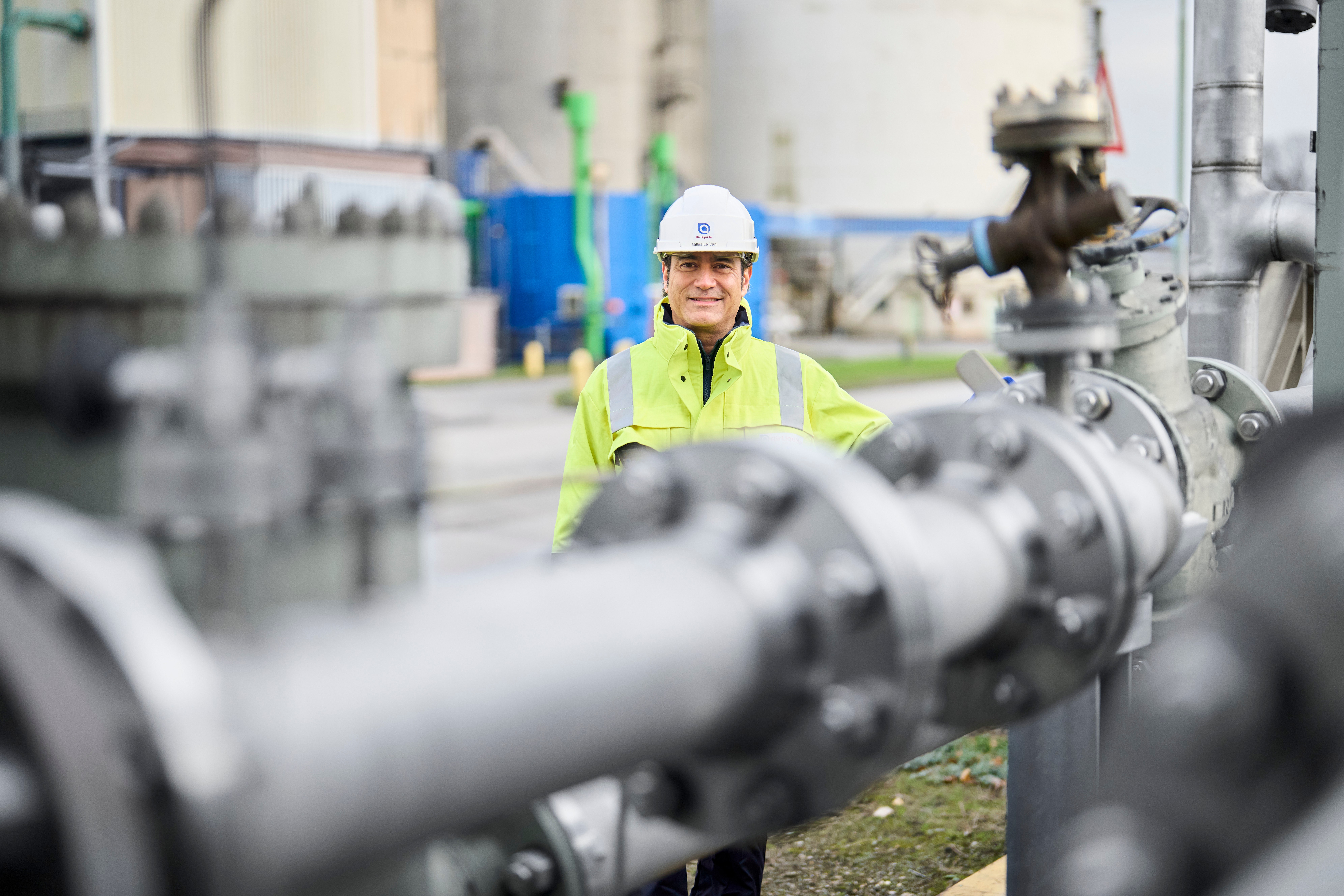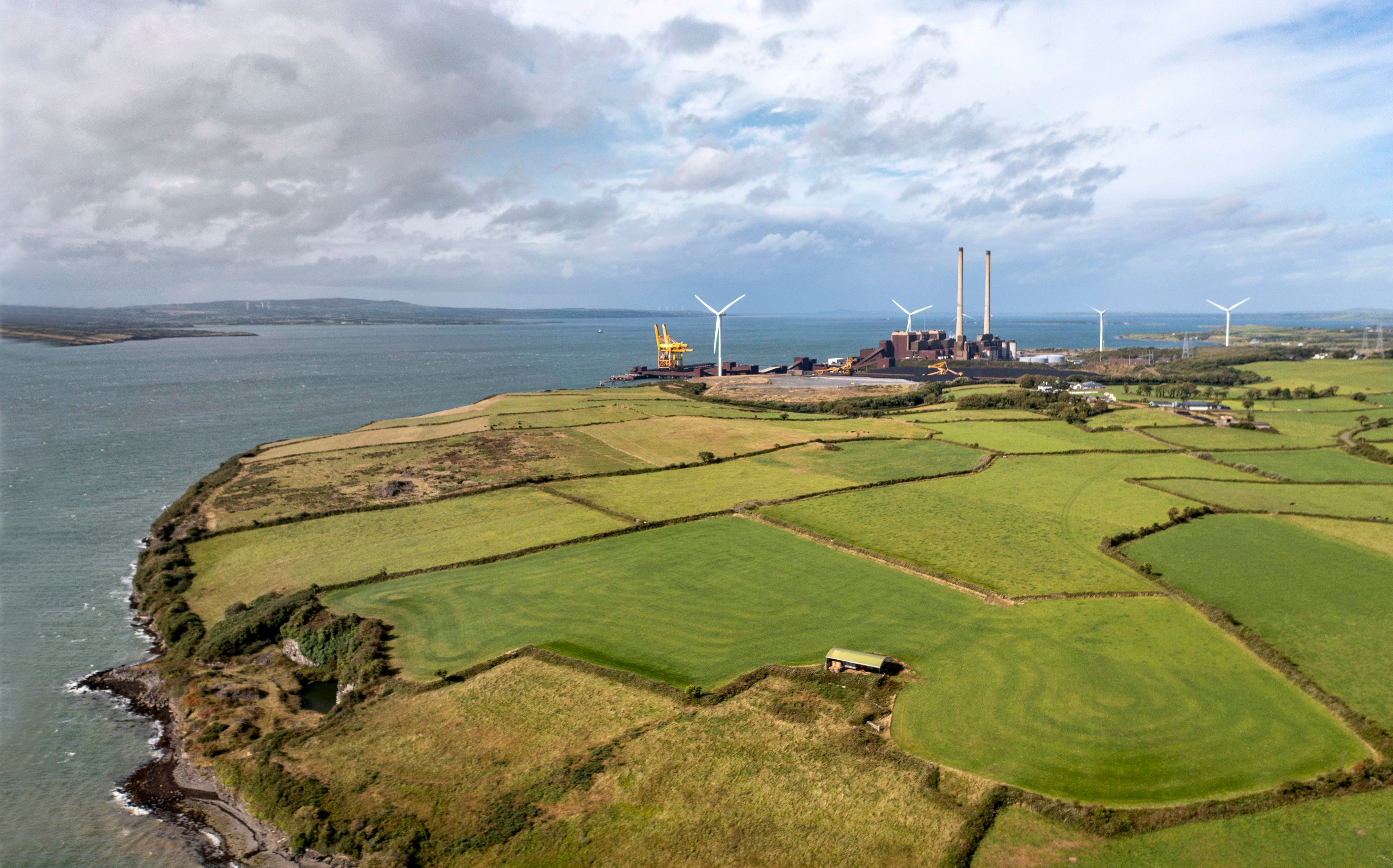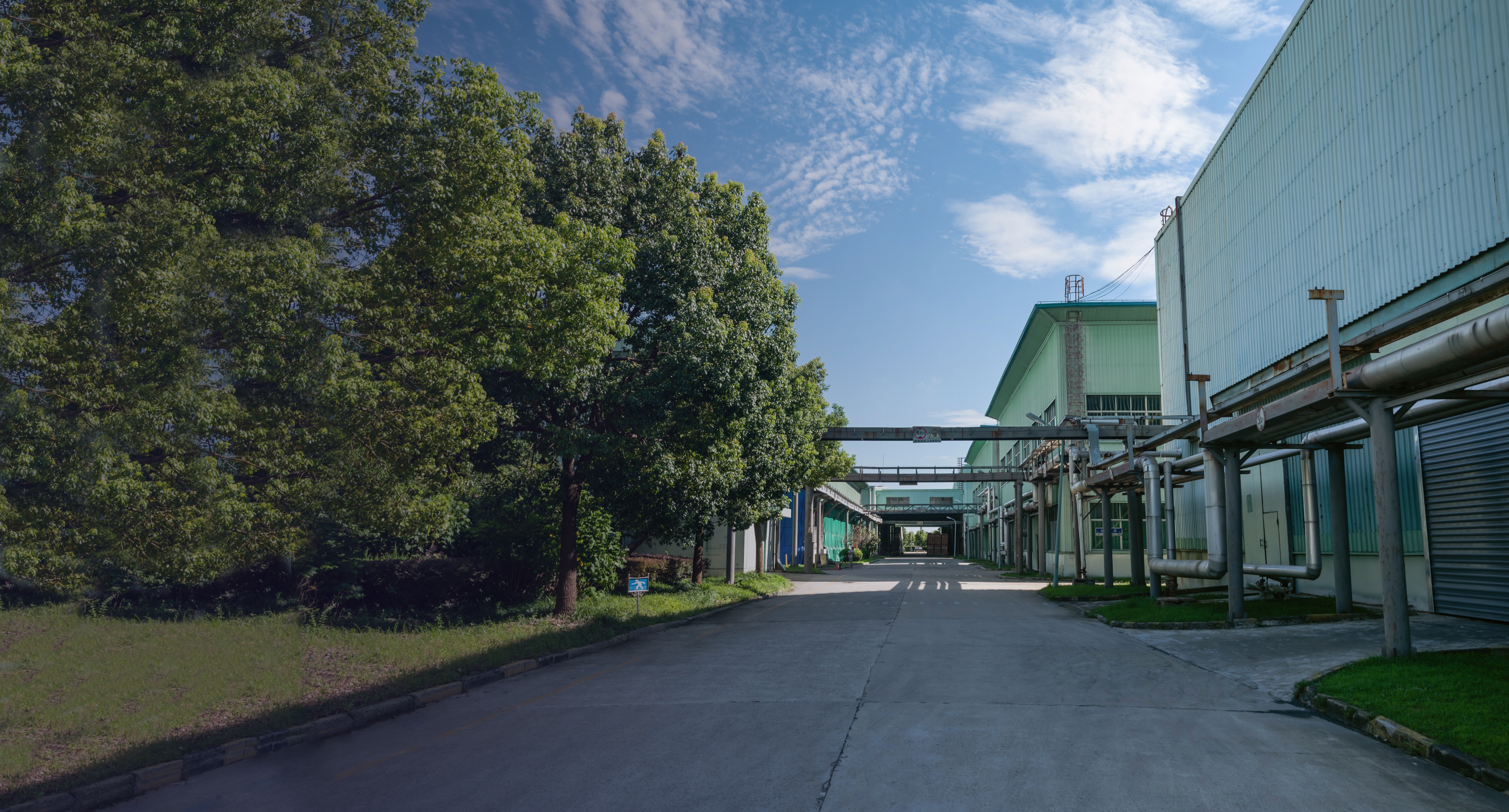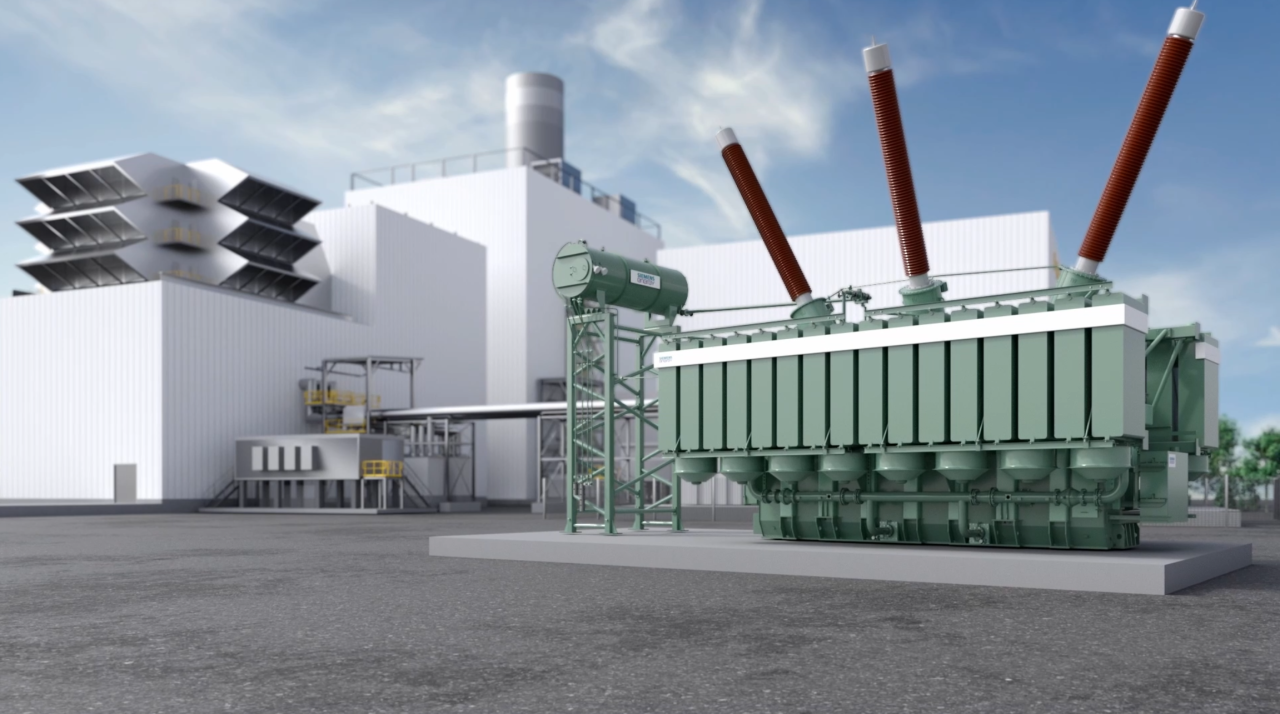
Power transformers, born in the USA
The reliability and resilience of the U.S. electric grid are vital for both energy and national security. Large power transformers (LPTs) are critical components, but currently more than 80 percent are imported, with lead times of up to five years. In response to this challenge, Siemens Energy is expanding its manufacturing and service operations in Charlotte, North Carolina.
Americans need ever more electricity to power their lives. A recent report from the International Energy Agency said power demand in the U.S. should increase by 2.5 percent through 2026. To meet the demand, renewable energy production has to be increased, and the grid that brings electricity from where it is made to where it is used has to be expanded.
However, the grid is not reliable or resilient without an adequate supply of large power transformers (LPTs) available on-demand. Requests for more U.S.-made LPTs to address a critical nationwide shortage have echoed throughout Washington for years. Siemens Energy, with a history of operating in the U.S. for more than 100 years and with upwards of 10,000 employees in the country, is heeding these calls by expanding its operations in Charlotte, North Carolina with a LPT manufacturing and service facility.
Expanding U.S. production and service of LPTs
This will be Siemens Energy’s first power transformer manufacturing and refurbishment facility in the U.S., furthering the company’s commitment to increasing the reliability and security of the U.S. power grid. Besides helping the U.S. reduce its exposure to blackouts and move forward with the energy transition away from fossil fuels, the Siemens Energy investment will also create up to 559 direct operating jobs and 285 construction jobs in North Carolina.
“The U.S. energy transition is in full swing, with $2 trillion investment pledged to expand and update the U.S. grid by 2050”, Tim Holt, a member of the Managing Board for Siemens Energy said. “However, renewable projects and grid expansion can only happen with the availability of transformers. The U.S. market today is mostly served by Latin America and Europe, but we see the long-term potential in this market and want to increase our U.S. footprint, building on our long-standing presence in North Carolina.”

The U.S. energy transition is in full swing, with $2 trillion investment pledged to expand and update the U.S. grid by 2050.
Member of the Managing Board for Siemens Energy
LPTs allow for the reliable transmission of electricity over long distances and convert high-voltage electricity into lower voltages. The U.S. Department of Energy stresses that LPTs “…are critical to the nation’s power grid, with more than 90 percent of consumed power passing through high-voltage transformers at some point.” The Charlotte factory, when loaded, will support an energy capacity of around 30 million refrigerators running at the same time (at 500W each), or 150 million TVs (at 100W each).
LPTs are also central to the U.S. efforts to reduce emissions by 50-52 percent below 2005 levels by the year 2030. According to the U.S. Energy Information Administration (EIA), wind and solar energy are the two fastest-growing sources of electricity. In its latest report published in January, EIA forecasts that solar energy will grow 75 percent between 2023 and 2025 while wind power is expected to grow 11 percent. New transformers are needed to distribute electricity from the growing number of renewable energy generation plants and balance the power load when the production from wind turbines and solar panels is impacted by weather conditions.
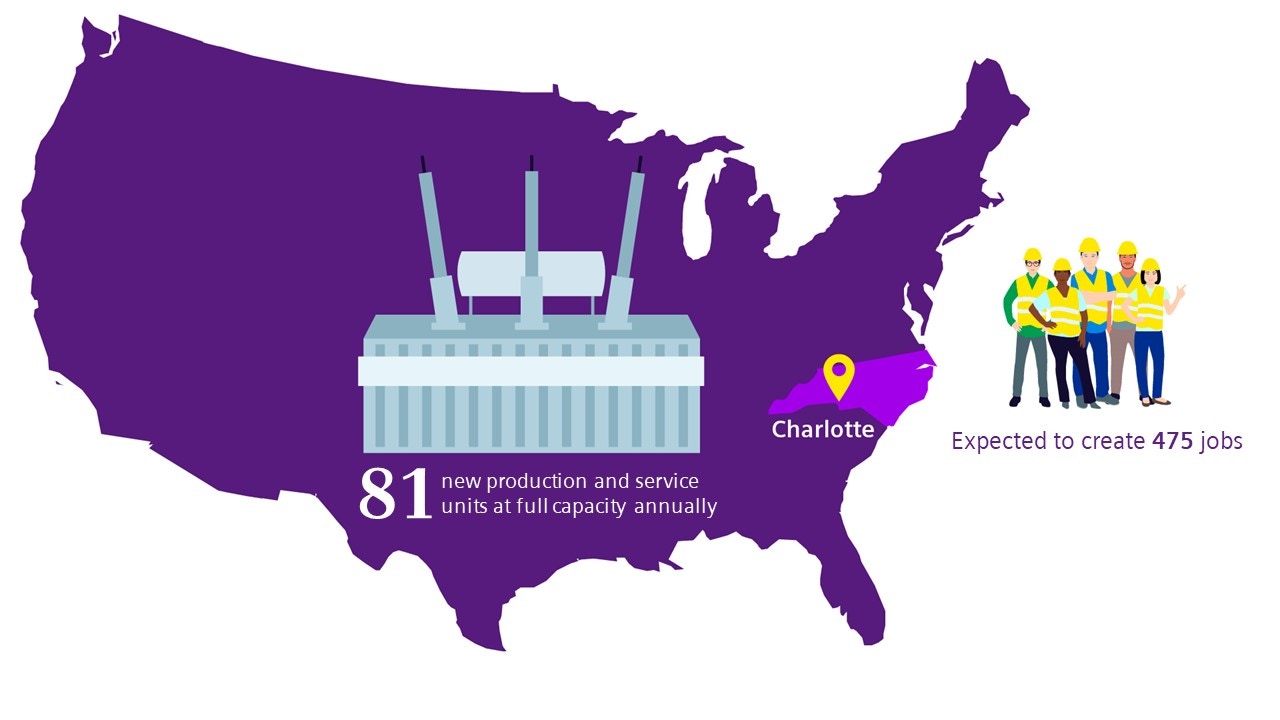
The growing need for energy security
Electricity consumption in the U.S. is projected to increase by up to 38 percent by 2050. According to a report from the U.S. Department of Energy, this growth will be driven by the rapid transition to hybrid and electric cars, the “increased reliance on electric heat pumps for space and water heating needs” and the electrification of cooking appliances. In 2022, U.S. households lost power on average for more than 5 hours according to federal statistics, an increase of more than 50 percent since 2013.
As the U.S. is updating its aging infrastructure and speeding up its efforts to install smart grids to increase energy efficiency, the acute need for more U.S.-made power transformers is a source of bipartisan concern in a usually deeply divided Congress. “The current cost and short supply of transformers are already serious challenges to everyone trying to get electricity to homes, businesses, and industrial facilities”, said Mississippi Republican Senator Cindy Hyde-Smith in late January, when she unveiled a piece of legislation that aimed to boost power transformer production in the U.S.

“Transformers are crucial to our electric grid, and too many power companies and co-ops are forced to wait long periods to get new transformers when they stop working,” added Ohio Democratic Senator Sherrod Brown. “A reliable supply of efficient transformers, made with American materials, is critical to keeping the power on,” he explained.
Elected officials from both parties in Washington are deeply aware that a reliable and resilient power grid is critical to the U.S. energy and national security. Consequently, they are concerned that 82 percent of LPTs in the U.S. are imported. “Overall domestic production capacity of LPTs remains inadequate to meet domestic demand,” concluded a 2020 report from the U.S. Department of Commerce. Currently, the average transformer in the U.S. is 38 years old and 70 percent of transformers are older than 25 years.
Manufacturing the solution
During the governorship of Roy Cooper, North Carolina has embraced clean technologies for job creation. “Clean energy is the right thing to do to protect our planet and combat climate change,” Governor Cooper wrote in a recent column published in the Charlotte Observer. He added, “It’s also the right thing to do for our economy and putting more money in the pockets of our small businesses and families.”
Siemens Energy’s $150 million investment in Charlotte will lead to the production of 24 new LPTs initially, and ultimately increase to 57 units per year when the plant begins operating at full capacity. Additionally, the facility is planned to start with 12 units of repair and refurbishment service per year, eventually increasing to 24 units at full capacity. With the combined effort, the factory and service facility in Charlotte will be able to deliver 81 new production and service units at full load annually.
Jean-Cosme Delaloye is a New York-based reporter and award-winning filmmaker, working for various European media outlets with a focus on energy and health topics.


